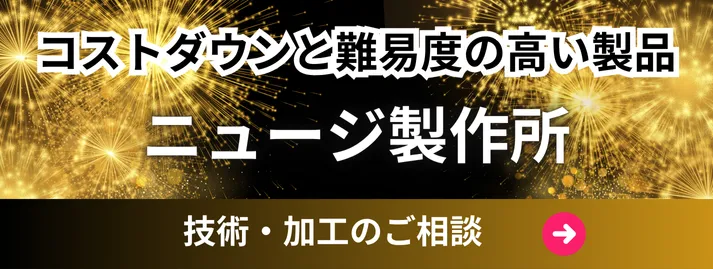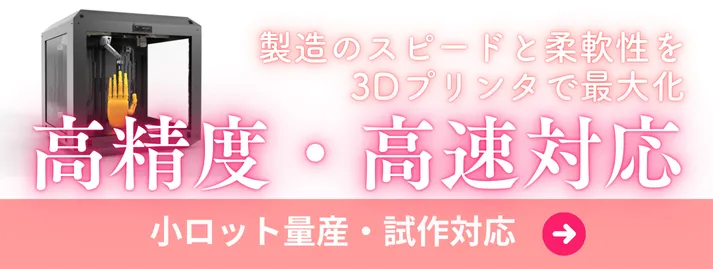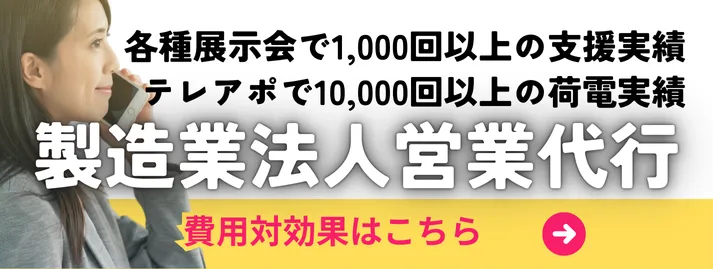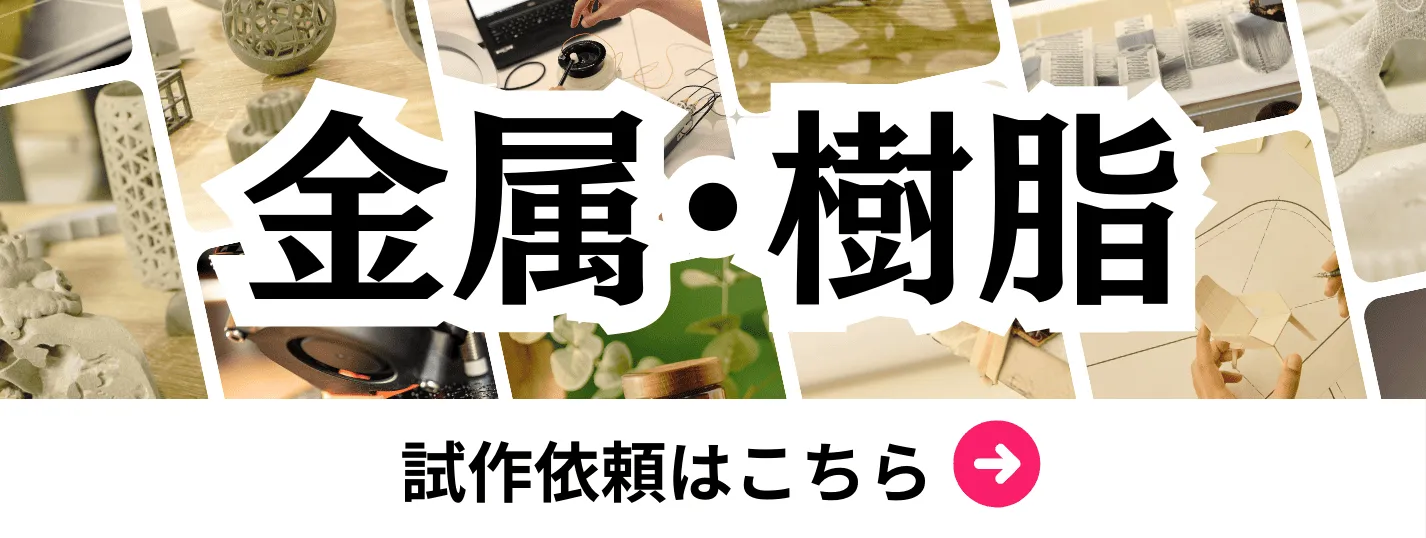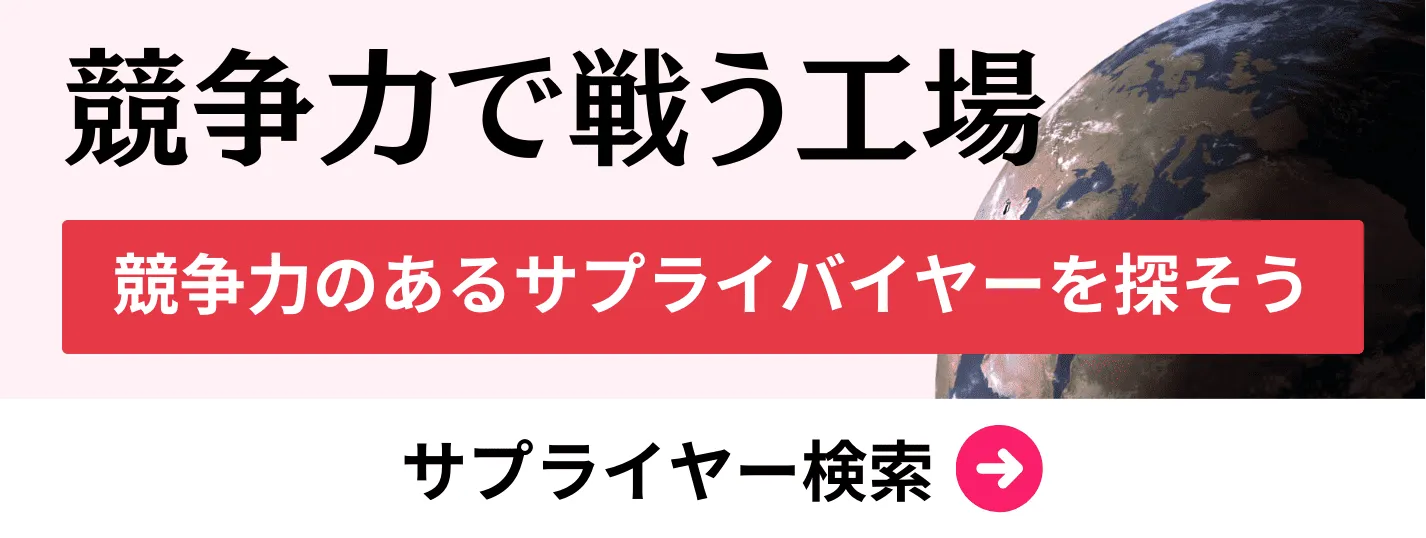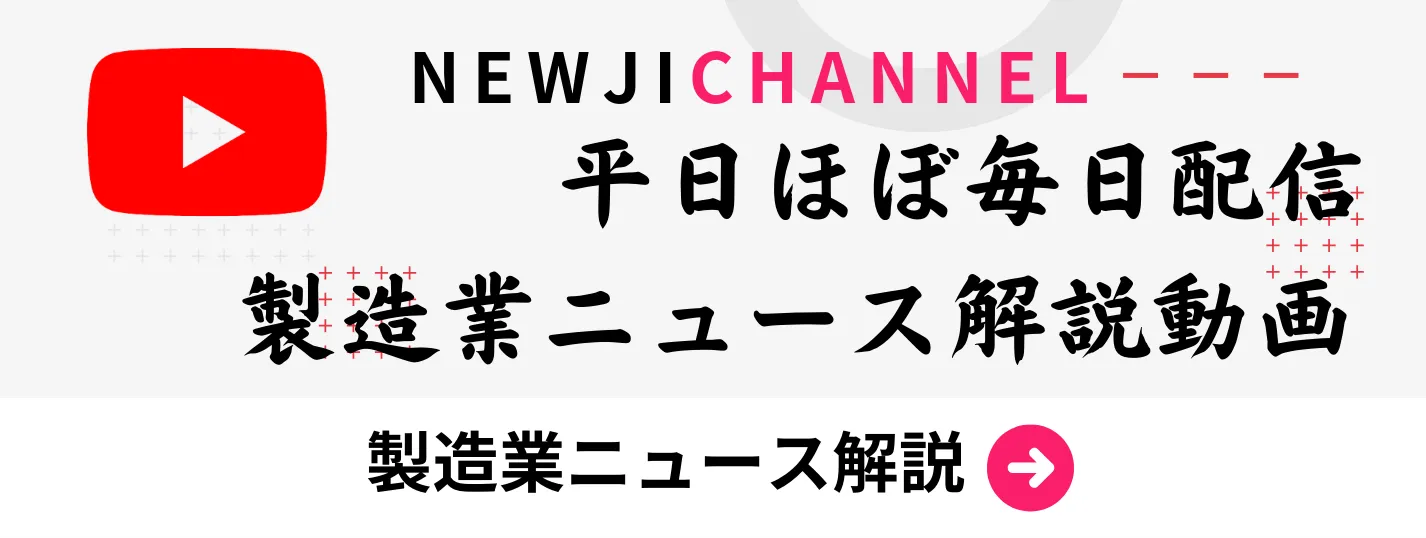- お役立ち記事
- How to write and compose sentences that will be understood by the other party, and points for creating technical documents
月間76,176名の
製造業ご担当者様が閲覧しています*
*2025年3月31日現在のGoogle Analyticsのデータより

How to write and compose sentences that will be understood by the other party, and points for creating technical documents

目次
Understanding Your Audience
When crafting sentences, especially in technical documents, understanding your audience is paramount.
It’s essential to know who will read your work and their level of expertise on the subject.
If your audience is not familiar with the topic, simplify the language and avoid technical jargon.
On the other hand, if the readers are experts, ensure the technical accuracy and depth.
This foundational knowledge helps tailor your message effectively, ensuring clarity and comprehension.
Identify the Purpose
Before writing, clearly define the purpose of the document.
Are you instructing, informing, or persuading the reader?
Knowing the goal will guide the structure and style of your writing.
If you’re explaining a process, breaking it down into steps might be beneficial.
If you’re providing information, the use of data and evidence could strengthen your message.
Understanding the purpose helps in organizing content logically and achieving the desired outcomes.
Clarity in Language
Clarity is crucial in all forms of writing, more so in technical documentation.
The key is to use straightforward language.
Avoid complex sentences that may confuse readers.
Opt for shorter, direct sentences wherever possible.
For instance, instead of writing, “The apparatus should be utilized for the purpose of conducting the operation,” say, “Use the tool to perform the task.”
This direct approach avoids ambiguity and ensures the message is readily understood.
Employ Plain Language
Plain language is all about eliminating unnecessary complexity.
Even technical documents can benefit from simple expressions that communicate the core message.
For instance, replacing terms like “implement” with “use” or “ascertain” with “find out” can enhance readability.
While maintaining technical accuracy is essential, it’s equally important not to alienate non-expert readers with obscure language.
Effective Organization
The organization of a document plays a significant role in its clarity.
Divide your content into clear, logical sections with distinct headings.
This segmentation helps readers find the information they need quickly.
Start with an introduction, followed by the body with clear subheadings, and conclude with a summarization or conclusion.
Using lists or bullet points can also enhance comprehension for procedural or step-by-step information.
Use Visual Aids
Incorporating visual elements like diagrams, charts, and tables can help convey complex information succinctly.
Visuals can often communicate what a paragraph cannot, especially in technical documents.
Ensure these aids are properly labeled and explained to provide context.
A well-placed diagram can enhance understanding and break the monotony of text-heavy documents.
Adhering to Technical Standards
Technical documents often need to comply with specific standards or guidelines.
Before you start writing, familiarize yourself with these standards as they may dictate the document layout or the way information is presented.
Technical standards ensure consistency across documents and uphold industry-specific expectations.
Following these guidelines not only enhances professionalism but also credibility.
Use Consistent Terminology
Consistency in terminology is crucial in technical writing.
Ensure terms are used uniformly throughout the document to avoid confusion.
Define any acronyms, abbreviations, or unfamiliar terms at the beginning, and use them consistently thereafter.
Consider creating a glossary for ease of reference if your document contains numerous technical terms.
Seeking Feedback
Feedback is an invaluable part of the writing process.
Have a colleague or an individual from your target audience review the document.
Fresh eyes can spot inconsistencies, unclear sections, or linguistic errors you may have missed.
Feedback provides an opportunity for refinement before the document reaches its final audience.
It’s a crucial step to ensure the content is both accurate and easy to understand.
Edit and Revise
After receiving feedback, take time to revise and edit the document accordingly.
Focus on correcting any identified errors, clarifying ambiguous sentences, and enhancing the overall flow of the text.
Revising might also mean restructuring parts of the document for better logic and coherence.
Never underestimate the power of a well-edited document; it’s often the difference between clear communication and misunderstanding.
Utilize Readability Tools
Various digital tools can assist in checking readability and clarity.
These tools evaluate sentence structure, grammar, and the complexity of your vocabulary.
Consider using them to ensure your document is accessible to your intended audience.
They can provide suggestions on simplifying language or improving sentence flow, aiding in creating a polished final product.
By focusing on simplicity, clarity, and organization, anyone can create effective and comprehensive technical documents.
Understanding your audience and purpose, sticking to clear language, and following technical standards are the cornerstones of impactful writing.
Remember, the goal is always to communicate your message in a way that is easily understandable by your reader.
 資料ダウンロード
資料ダウンロード
QCD管理受発注クラウド「newji」は、受発注部門で必要なQCD管理全てを備えた、現場特化型兼クラウド型の今世紀最高の受発注管理システムとなります。
 ユーザー登録
ユーザー登録
受発注業務の効率化だけでなく、システムを導入することで、コスト削減や製品・資材のステータス可視化のほか、属人化していた受発注情報の共有化による内部不正防止や統制にも役立ちます。
 NEWJI DX
NEWJI DX
製造業に特化したデジタルトランスフォーメーション(DX)の実現を目指す請負開発型のコンサルティングサービスです。AI、iPaaS、および先端の技術を駆使して、製造プロセスの効率化、業務効率化、チームワーク強化、コスト削減、品質向上を実現します。このサービスは、製造業の課題を深く理解し、それに対する最適なデジタルソリューションを提供することで、企業が持続的な成長とイノベーションを達成できるようサポートします。
 製造業ニュース解説
製造業ニュース解説
製造業、主に購買・調達部門にお勤めの方々に向けた情報を配信しております。
新任の方やベテランの方、管理職を対象とした幅広いコンテンツをご用意しております。
 お問い合わせ
お問い合わせ
コストダウンが利益に直結する術だと理解していても、なかなか前に進めることができない状況。そんな時は、newjiのコストダウン自動化機能で大きく利益貢献しよう!
(β版非公開)


